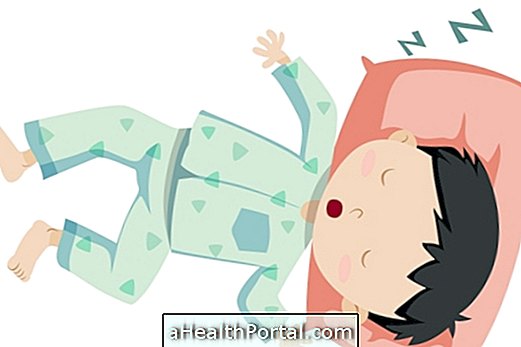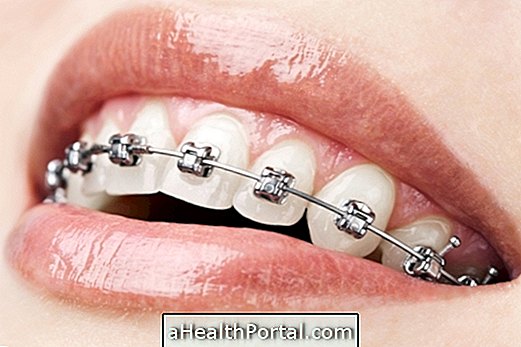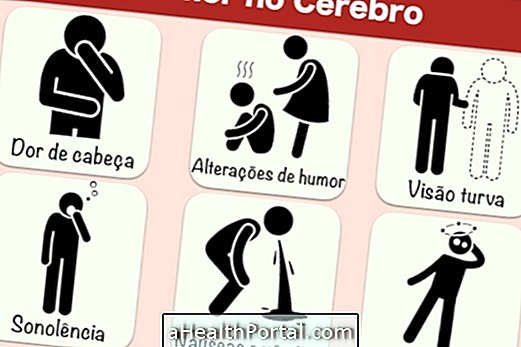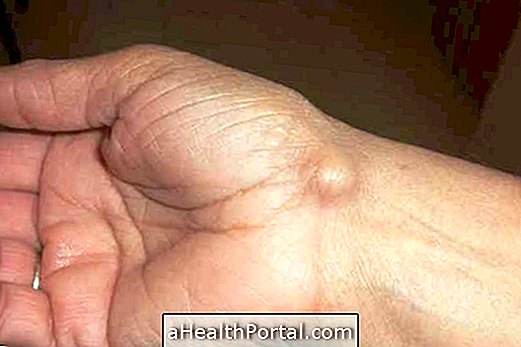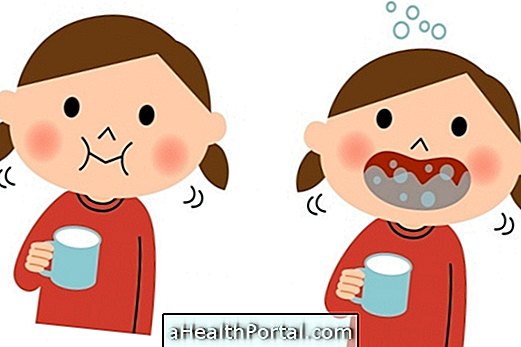Treatment for sleep apnea is usually started with small changes in lifestyle, so when apnea is caused by being overweight, for example, it is recommended to consult a nutritionist to make a nutritional plan that allows weight loss, in order to improve breathing.
When sleep apnea is caused or aggravated by smoking, it is advisable to stop smoking or reduce the number of cigarettes smoked per day to avoid inflammation of the airways and to facilitate the passage of air.
However, in more severe cases, such as when it is not possible to treat sleep apnea with only these minor changes, other forms of treatment such as CPAP or surgery may be recommended.

Treatment with CPAP
CPAP is an oxygen mask-like device that pushes air into the lungs through the swollen tissues of the throat, allowing normal breathing that does not interrupt sleep and thus allows a more restful sleep. Learn more about how this device works.
Usually this device is only indicated when there is complete obstruction of the airways during sleep or when it is not possible to improve the symptoms only with the changes in the routine.
However, this device may be uncomfortable to use and therefore many people choose to try out other CPAP-like devices or by performing surgery to correct the problem.

Treatment with surgery
Usually surgical treatment for sleep apnea is only indicated when other forms of treatment do not work and it is recommended to try these treatments for at least 3 months. However, in some cases, the face structures need to be altered to correct the problem and, therefore, surgery can be considered as the first form of treatment.
The main types of surgery done to treat this problem include:
- Tissue Removal: Used when there is excess tissue at the back of the throat to remove the tonsils and adenoids, preventing these structures from blocking the airway or vibrating, causing snoring;
- Repositioning the chin: it is recommended when the chin is too retracted and the space between the tongue and the back of the throat decreases. Thus, it is possible to correctly position the chin and facilitate the passage of air;
- Implant placement: they are an option to remove tissue and help prevent the soft parts of the mouth and throat from impeding the passage of air;
- Creation of a new airway: it is only used in cases where there is life-threatening and other forms of treatment have not worked. In this surgery a canal is made in the throat to allow the passage of air into the lungs.
In addition, all surgeries can be tailored to address the specific problem of each person, so it is very important to discuss all treatment options with the doctor.
Signs of improvement
Signs of improvement may take from a few days to several weeks to appear, depending on the type of treatment, and include decreased or no snoring during sleep, reduced daytime tiredness, headache relief, and sleep ability without waking up at night.
Signs of worsening
Worsening signs occur when treatment is not started and include increased tiredness during the day, waking up several times during the day with intense shortness of breath and snoring intensely during sleep, for example.


